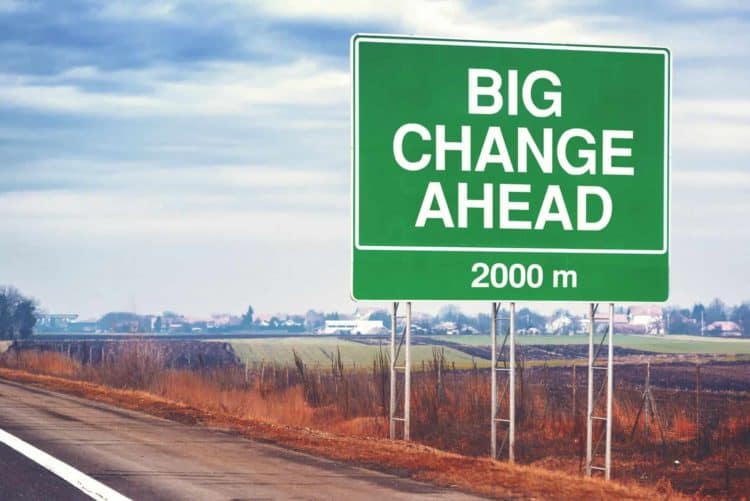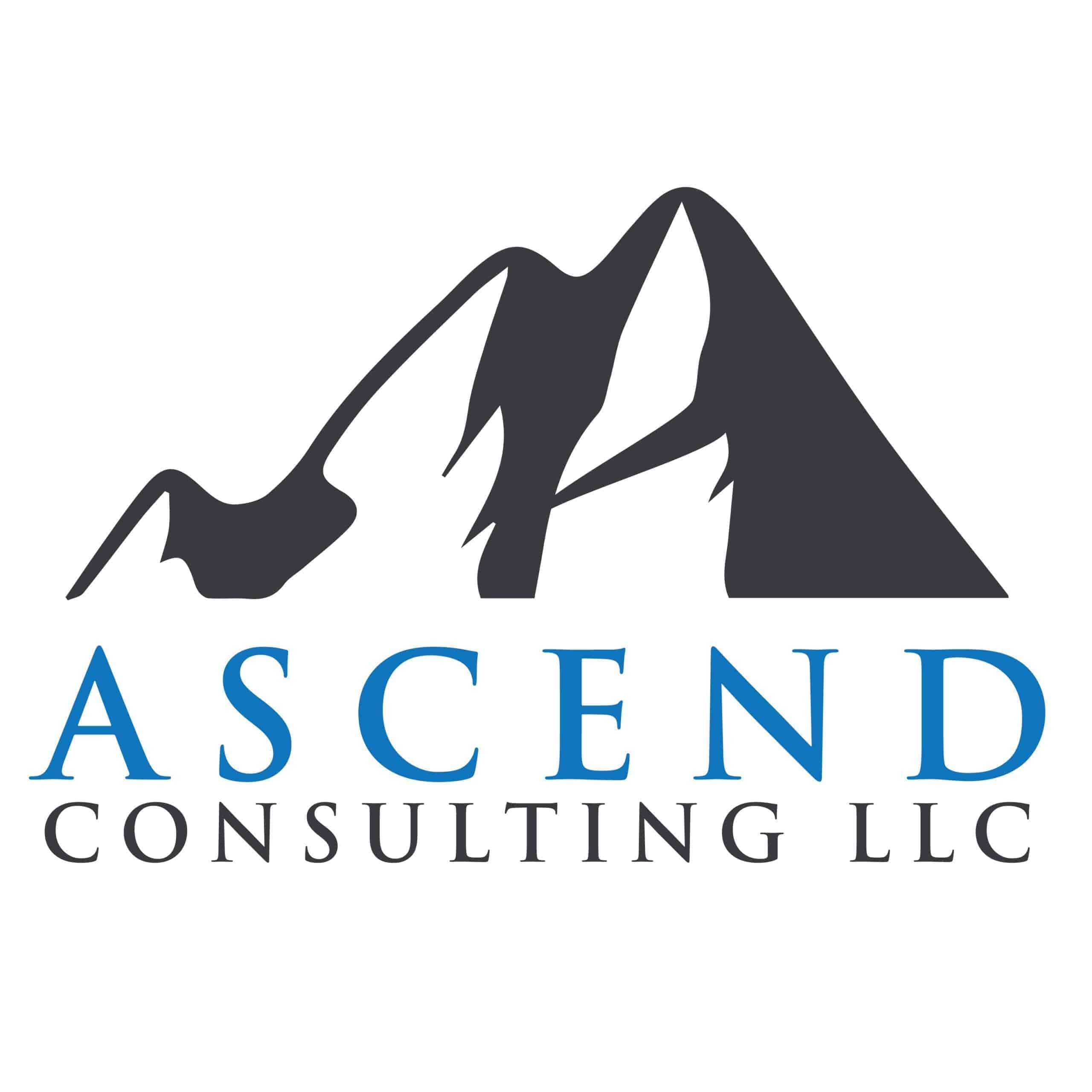
6/4/2020
This week, Congress agreed to modify the Paycheck Protection Program after both the House and Senate passed the H.R. 7010 Paycheck Protection Program Flexibility Act. Here’s what that means for your PPP Loan:
Forgiveness period has increased from 8 weeks to 24 weeks. You now have 24 weeks from your PPP loan’s origination date (the date you received funds) or until December 31, 2020 – whichever is earlier – to incur costs eligible for forgiveness. This is great news as it gives business owners more time to get their businesses up and running.
Non-payroll costs can be 40% of the PPP loan – IF you use 60% on payroll costs. This is a decrease from the original 75% on payroll costs, and 25% on non-payroll costs. You still must use 60% of funds on payroll in order for the non-payroll costs to be forgiven. If you do not use at least 60% of the total loan amount on payroll you will not be eligible for forgiveness. Senator Marco Rubio has indicated that he would like to remove the at least 60% or nothing provision, so we will be watching this closely going forward.
You have until December 31, 2020 to replace FTEs and restore salaries. The safe harbor ending date has changed from June 30 to December 31, 2020, giving businesses more time to return to February 15th levels. As long as FTEs or salaries are at the same level as they were on February 15th prior to the end of 2020, there will be no reduction in forgiveness.
Additional FTE exemptions have been added for businesses whose activity cannot return to February 15th levels due to government restrictions. If you cannot return to February 15 FTE levels by December 31, 2020, the amount of loan forgiveness will not be reduced if a business can document the following: The inability to rehire individuals who were employees on February 15; The inability to hire new employees before December 31; The inability to return to the same level of business activity before February 15 due to requirements or guidance established by CDC and state health officials relating to social distancing, sanitation or any other safety requirement due to COVID-19.
Loan repayment has been extended. Payment deferral has changed from 6 months to the date in which the SBA makes a decision on forgiveness, or 10 months after the end of your covered period to begin paying back any loan proceeds that were not forgiven.
Loan length has been extended. Businesses now have 5 years to repay any loan proceeds that were not forgiven, instead of the initial 2 years. New loans will be issued at 5 years, and current lenders have the ability to sign new loan documents with borrowers to extend their term to 5 years. However, lenders are not required to do this.
Payroll tax deferrals. Employers can now defer the employer’s 6.2% portion of 2020 Social Security taxes. They can defer this for all of 2020; half will be due at the end of 2021 and the other half at the end of 2022.
Further clarification needed. There are several items that will need further clarification and interpretation from the SBA. Two important unknowns in which we need more guidance include: Does the max payroll per employee now become $46,153 instead of $15,385 (24/52 weeks compared to 8/52 weeks)? Does the max amount of employee-owners compensation change to 24 weeks of 2019? This would allow for an automatic 100% forgiveness for companies without any employees (sole proprietors, independent contractors, etc). We assume yes but are watching for additional clarification on these items.
We will continue to keep you updated as we learn more.
Our guest contributor for the PPP Forgiveness Application changes is Jacob Schroeder, CPA. Jacob is the CEO and Founder of Ascend Consulting, LLC and is a Certified Quickbooks Online ProAdvisor and a member of the 2017-2018 Intuit Accountants Council.
We appreciate the teamwork and expertise Jacob provides to our Richwood Bank business customers and community.


